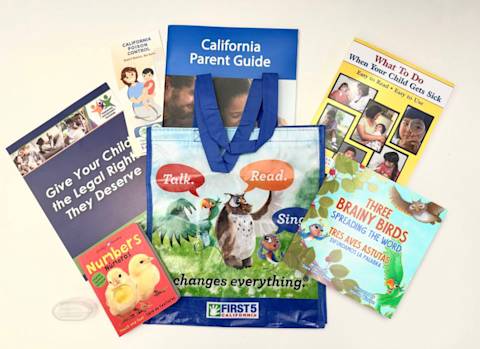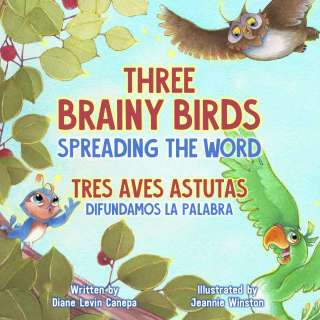Even if those early “conversations” with your newborn may seem a little one-sided at first, you’re building your baby’s brain by recognizing, acknowledging, and responding to her cues. Learn more about these important back-and-forth interactions between parent and newborn.

Right from birth, you and your newborn are already beginning to engage in back-and-forth interactions with one another. Although simple, these interactions are not only important for your baby’s brain development, but they help with relationship building and bonding, too.
Your baby may initiate early interactions in several ways: by making a face, turning her head, stretching her arm, or kicking her legs. This is an opportunity for you to return the interaction in a meaningful way – whether it’s copying her movements or saying aloud what you believe he might be thinking. And while they don’t seem significant, these back-and-forth interactions are in fact stimulating your baby’s brain – and even reducing her stress reactions!
For example, when your newborn makes a sad face or a distressed sound, that’s her way of saying, “Do you recognize I’m upset? Are you going to respond?” It’s important to respond with empathy to let your child know that you care and are there to help.
How to engage in a back-and-forth interaction:
Example 1:
1. Baby: Scrunches up his face.
2. Parent: Imitate him by scrunching up your face and saying, “Oh, you don’t like that. Let me help you.”
Example 2:
1. Baby: Stretches arms out.
2. Parent: “Big stretches! You are growing so much.”
Example 3:
1. Baby: Turns head to the side.
2. Parent: “What do you see? Is there something there?”
Example 4:
1. Baby: Cries.
2. Parent: “You’re upset. Let’s figure out what you need together. Do you need a fresh diaper? Are you hungry?”






